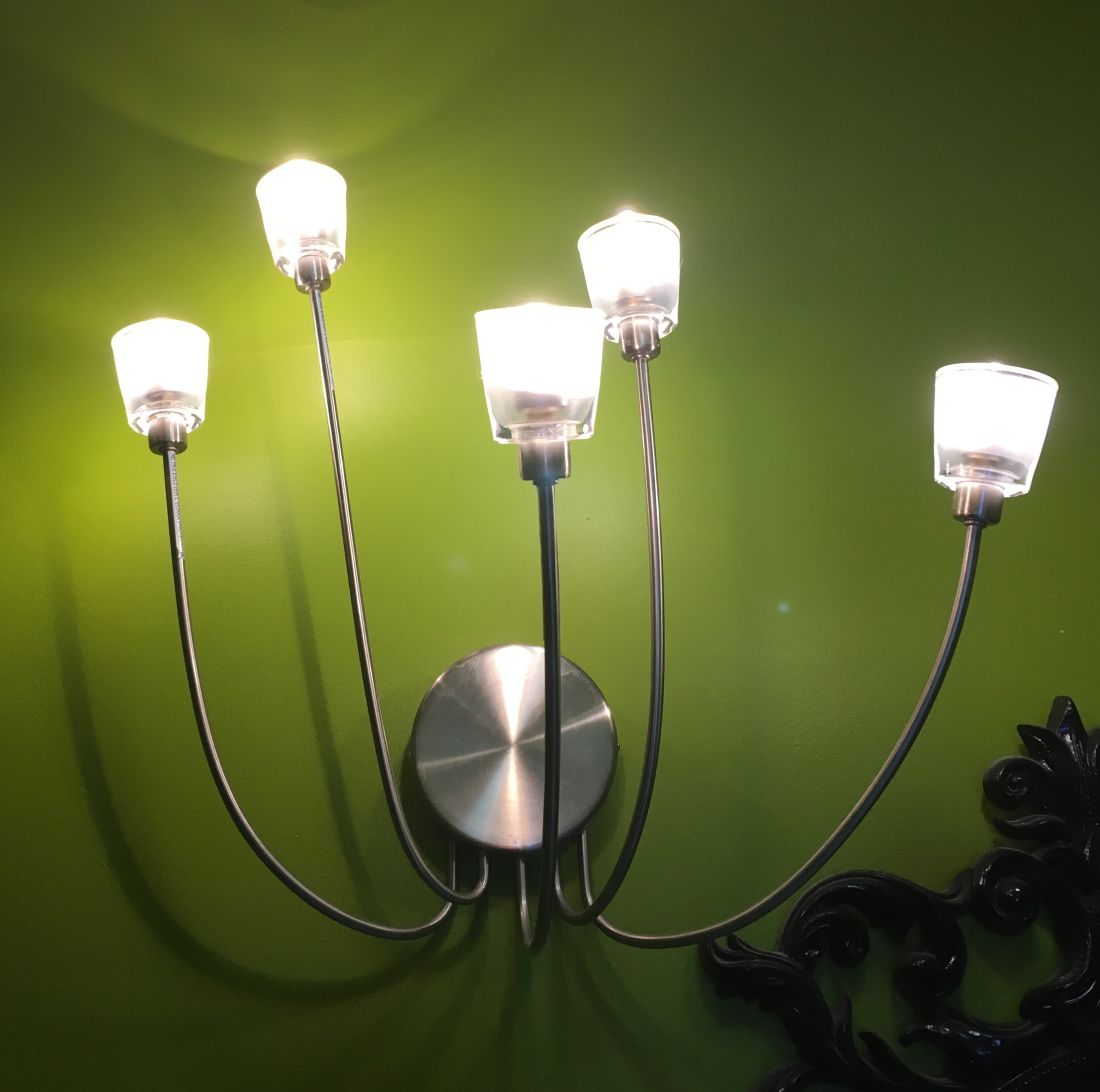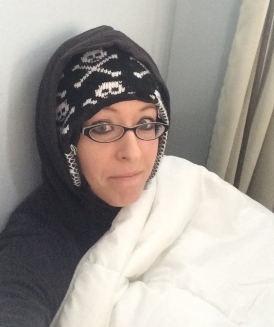Attic Insulation Comfort Changes — Is Your Upstairs Boiling? Get More Equal Temperatures Between Floors
Many homes have second floors that are 5-15 degrees warmer in summer than the first floors. The reason is counterintuitive – heat actually goes down.
We think of warm air rising, but heat going to cold is a stronger force. The attic can hit 140-150 degrees on a hot sunny day. This heat pushes into the house through poorly insulated surfaces (gaps in insulation) and also through a lot of little cracks in the ceiling you probably haven’t thought about – the tops of walls, around the chimney, through lights, lots of places.
Filling these holes is called air sealing. Every house has a somewhat different set of holes that needs to be diagnosed. Once it’s sealed, it’s time to insulate. This is like putting a windbreaker over a loose knit sweater.
Once the attic is air sealed and insulated, the summer heat is slowed down substantially on its way into the house. This makes the air conditioner’s life much easier, usually makes you more comfortable, and reduces your electric bills. Sometimes, though the air conditioner no longer runs enough, because you made its life easier, and other solutions need to be sought out.
So toasty!
I’m not going to lie: I didn’t even sleep upstairs during the uninsulated period (it must have hit the 40s).
And I can’t lie even more: I didn’t quite believe what a difference insulation would make. In my defense, I hadn’t realized how uninsulated our house actually was. Neil’s quite pleased with all the results (and has recommended you), namely our gas bill. So pleased, in fact, he’s printed it out and carried it around the past couple days, showing people. I think it’s just about half of what it was last year this time – and we’d keep the house on 58-60 degrees. Now we’re around 66-67.
Gina, Euclid OH
Wall Insulation Comfort Changes — You’ll Feel The Difference
Insulating your walls will make the biggest change in your comfort. This is primarily because you get a lot closer to your walls than you do your ceiling. On some homes you will see substantial energy savings, on others not so much. Our energy model will give you a good idea about what is likely to be saved.
Walls And Radiant Energy
The easiest way to explain this is that we are like the sun. Huh? Let me explain. The sun’s rays are radiant energy, this is energy that can be transferred through space and does not need a solid, liquid, or gas to transmit it. When you walk out of the shade and into the sun, you feel radiant energy. The same goes for fires. We love radiant energy, it feels good.
The human body also makes a lot of radiant energy, which transfers from warm (our bodies) to cold (the walls). So when you stand next to an old window or uninsulated wall, the heat is literally being sucked out of you. You are the sun to your old, empty wall.
Insulating your walls will greatly reduce this heat sucking. It therefore causes the biggest difference in comfort. Walls do not offer the best return on investment, though, so it is second priority unless you are primarily looking to improve comfort.
That Cold Back Room Addition — It Gets Better!

Additions are one of the biggest complaints I get. Many already have wall insulation. The problem is often a crawlspace below the room. Crawlspaces are generally very poorly sealed and insulated. This means you are living on top of outside air that is below freezing for much of the winter. Brrr. We can fix this with our crawlspace method.
Additions have another main problem – 3 outside walls, more than any other room in the house. If the walls are not insulated, we can insulate them.
Air Sealing — Reducing Drafts
We can generally improve the comfort of you home by air sealing different parts of it. Outlets, plumbing fixtures, basement walls, window frames, door frames, and old doors, just to name a few. All of these reduce cold air running through your house. Tell us about your specific problem and we’ll see if there isn’t something we can do about it.
Caveat — Your Furnace And Air Conditioner May Be To Blame
Some comfort issues are related to your heating and cooling (HVAC) system and can’t be adequately addressed with insulation. If there is not enough heat in a room, it doesn’t matter how well insulated it is, it will still be uncomfortable. We can recommend good contractors to fix this.










